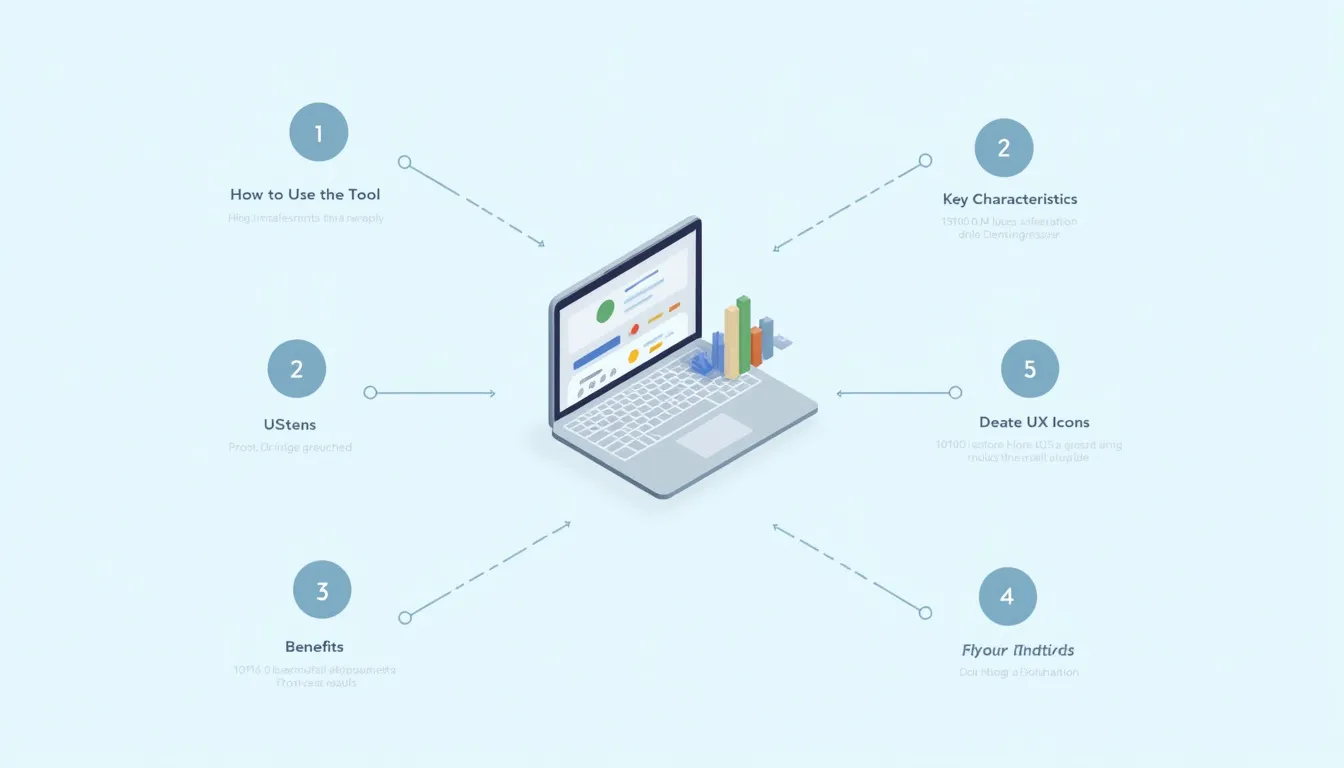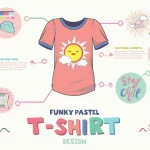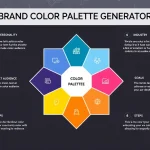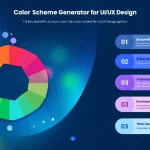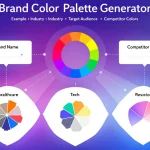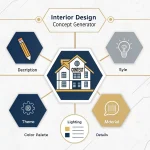Is this tool helpful?
How to use the tool
- Type of website – State the category. Examples: “crowdfunding hub”, “recipe blog”.
- Main purpose or goal – Specify a measurable outcome. Examples: “double monthly donations”, “grow mailing list to 5 k”.
- Design style – Pick from the menu to set mood and typography.
- Color scheme – Select a palette that matches your brand hierarchy.
- Additional requirements – List extras such as “live chat widget” or “ARIA-labeled forms”.
- Click Generate UX Design Recommendations; review the tailored guidance, then hit “Copy to Clipboard” to paste it into your project brief.
Quick-Facts
- 60% of users abandon sites with a 3-second delay (Google/SOASTA, 2017).
- WCAG 2.2 requires a 3:1 contrast ratio for large text (W3C, 2023).
- Mobile traffic accounts for 54.8% of global web visits (Statista, 2023).
- Consistent design boosts brand recognition by up to 80% (Lucidpress, 2021).
FAQ
What does the generator deliver?
It produces a bulleted UX brief covering layout, navigation, typography, colors, and accessibility in under ten seconds.
How precise are the color suggestions?
Colors follow WCAG contrast thresholds, ensuring readable text against backgrounds (W3C, 2023).
Can I reuse the output in my design software?
Yes. Copy the text, paste it into Figma, Sketch, or your ticketing system—no reformatting needed.
Does it cover accessibility?
Recommendations cite ARIA labels, logical tab order, and alt-text guidelines to meet AA compliance (WebAIM, 2022).
Is my data stored?
Form data stays within the session and is erased after processing; no personal information is logged (Privacy Policy, 2024).
Can beginners use the tool effectively?
Absolutely. Each field includes helper text, and the resulting brief uses plain language and action verbs.
How often should I regenerate recommendations?
Regenerate whenever goals, audience, or branding change to keep UX aligned with business metrics (NNGroup, 2023).
Important Disclaimer
The calculations, results, and content provided by our tools are not guaranteed to be accurate, complete, or reliable. Users are responsible for verifying and interpreting the results. Our content and tools may contain errors, biases, or inconsistencies. Do not enter personal data, sensitive information, or personally identifiable information in our web forms or tools. Such data entry violates our terms of service and may result in unauthorized disclosure to third parties. We reserve the right to save inputs and outputs from our tools for the purposes of error debugging, bias identification, and performance improvement. External companies providing AI models used in our tools may also save and process data in accordance with their own policies. By using our tools, you consent to this data collection and processing. We reserve the right to limit the usage of our tools based on current usability factors.
